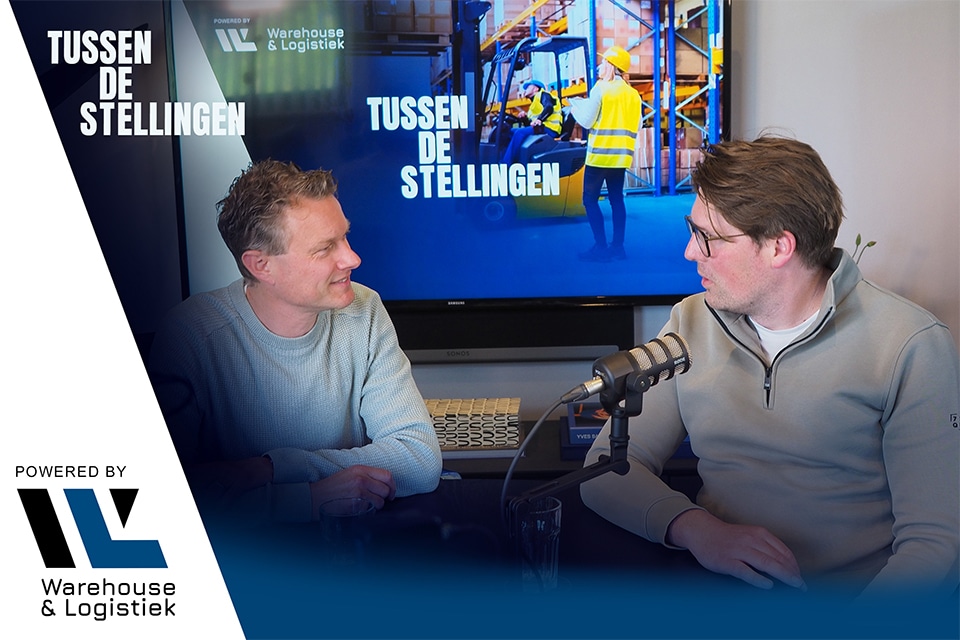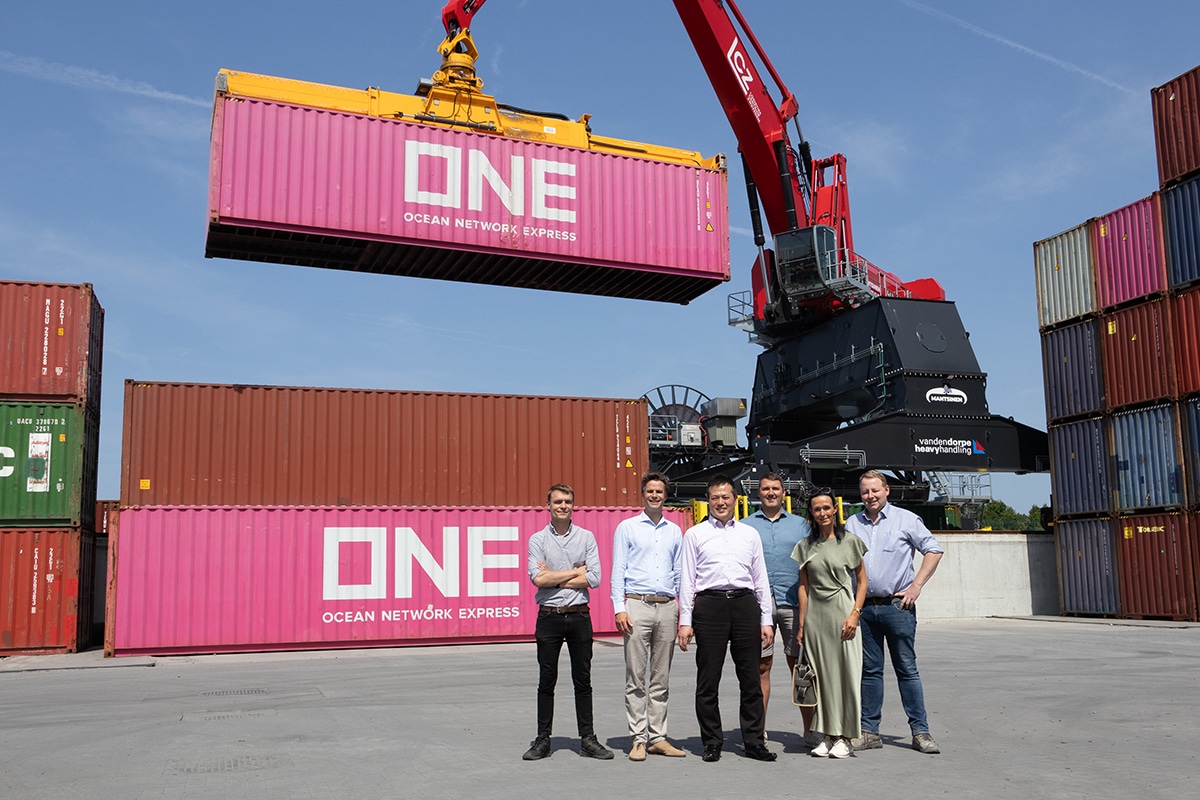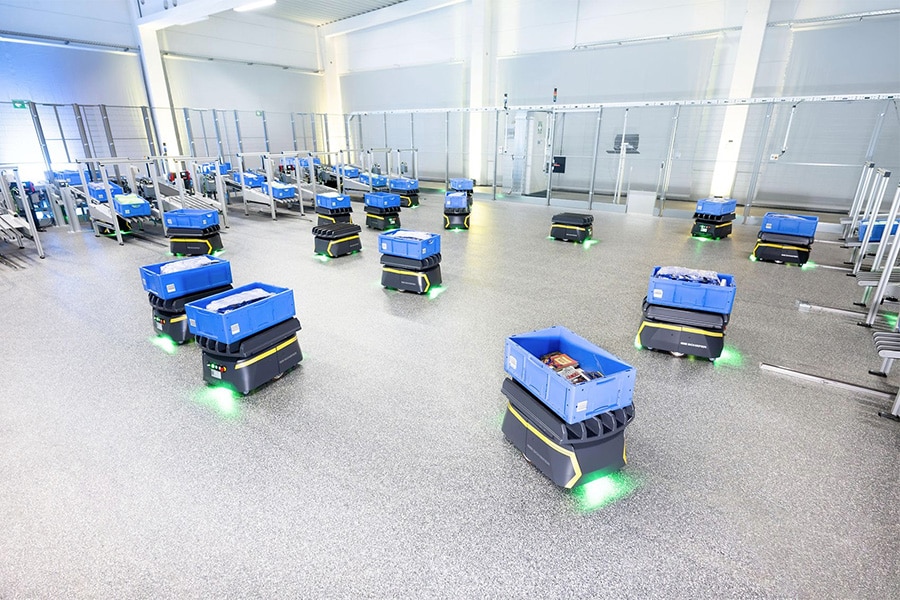
Up a gear with help from AI
The AI revolution is also not going unnoticed at SSI SCHAEFER. The German provider of warehousing solutions is using artificial intelligence for far-reaching space-saving automation and more efficient plant maintenance planning.
Like many other players in the world of warehousing, SSI SCHAEFER was also confronted with the demand for more automation on the one hand and the high expectations surrounding artificial intelligence on the other. In logistics, just like the general public, there is the idea that we are only at the beginning of an AI revolution, even if the answer to the question of what exactly this should look like is less readily given.
SSI SCHAEFER is already providing some clear pointers. The company has built up a strong reputation with its robust (automated) warehouse solutions, and today it is placing increasing emphasis on smart, integrated software technologies that enhance these systems. During an inspiring presentation on the future of logistics at the Benelux headquarters in Oosterhout, it became clear how SSI SCHAEFER is responding to current market developments. The opening word was for a digital effigy of founder Fritz Schäfer, brought to life using AI - a nod to the past, but with a clear view of the future.
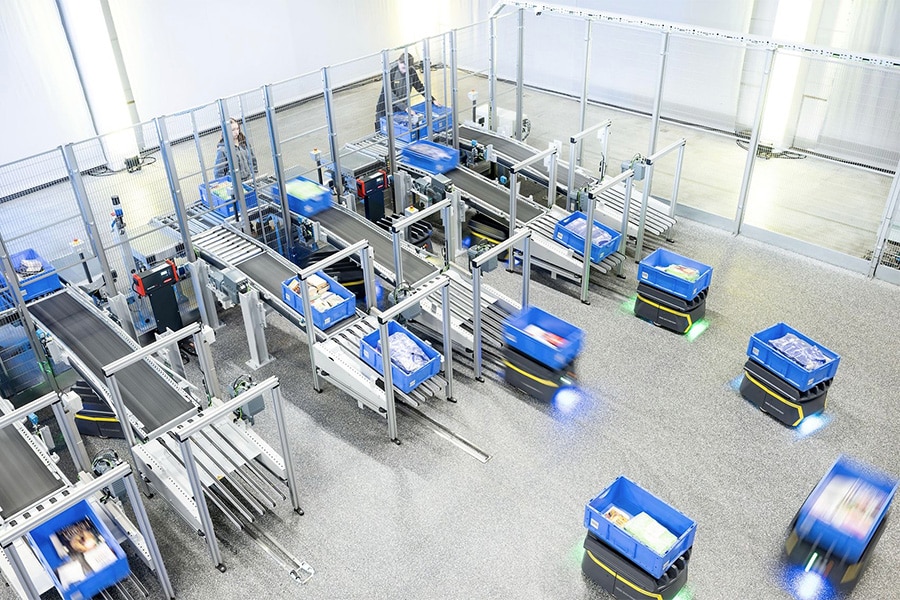
Smart robots replace conveyor
At the Logimat logistics trade fair, SSI SCHAEFER had already given a hint of what was to come, and in Oosterhout it will go into more detail: the introduction of the FastBots.
"FastBots handle the transport of goods between the storage area and the picking station," says managing director Belgium and the Netherlands Peter De Henau. "FastBots can be used to replace a complex conveyor layout in high-perfomance environments with up to 10,000 inbound and outbound bin movements in an hour. Normally, you often need several conveyor loops for that, which in turn take up a lot of space and require a complex warehouse layout. This system eliminates that: it involves a fleet of small AMR robots that move goods from storage to the picking station or outbound location or vice versa. This more compact setup saves space and costs."
The innovation is mainly in the control of the robots. After all, these are not AGVs that follow a fixed route, but rather a system of robots that, while crisscrossing the warehouse, do not get in each other's way or collide. Controlled by a fleet manager system integrated into the WCS, the FastBots constantly know where their "colleagues" are. A great asset of this system is also the high degree of standardization. This makes it possible to scale up the FastBots solution according to the customer's needs.
Maintenance: prevention is better than cure
Another decisive new feature is the roll-out of predictive maintenance for the various warehousing solutions. SSI SCHAEFER also recently started using AI to control plant maintenance more efficiently. The WAMAS Maintenance Center system, a software tool for maintenance planning, uses big data and artificial intelligence to accurately predict when a piece of equipment needs maintenance. Sensors in the devices feed a constant stream of data to WAMAS. To transmit this, SSI SCHAEFER uses an edge device (Siemens Nanobox) that is connected to both the control system and the cloud.
This edge device meets the highest IT security standards and is not only compatible with all SSI SCHAEFER products, but also with hardware from other suppliers. The device can be installed quickly and easily via plug-and-play without shutting down the system.
AI algorithms go to work on the supplied data, then diagnose and/or make predictions about foreseeable maintenance. The goal: to avoid costly unexpected repairs and downtime as much as possible. The more urgent a repair is, the more expensive it often becomes. So prevention is better than cure. Through the predictive power of artificial intelligence, as it were, problems can be addressed before they occur and maintenance can be scheduled efficiently, resulting in as little disruption to warehouse operations as possible.
For logistics operators primarily concerned with the visible, tangible hardware of warehouse operations, this advance of self-learning software systems is often intimidating. It's up to the provider to dispel that chill. "Both among technicians and management, we have to overcome a certain fear of the unknown," knows Manager of Business Transformation, Stefan Unterberger. "However, the facts speak in our favor. A return on investment can be achieved within just a few weeks. Unplanned downtime costs a logistics company between 1,000 and 5,000 euros per minute. With this system, those unplanned interruptions are reduced by at least 60 percent."
Heeft u vragen over dit artikel, project of product?
Neem dan rechtstreeks contact op met SSI SCHÄFER N.V./S.A..
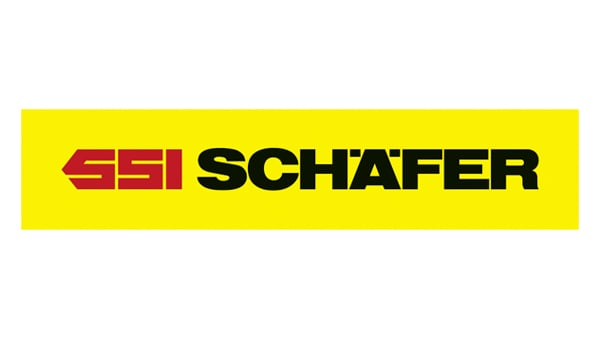 Contact opnemen
Contact opnemen
